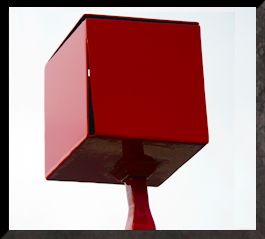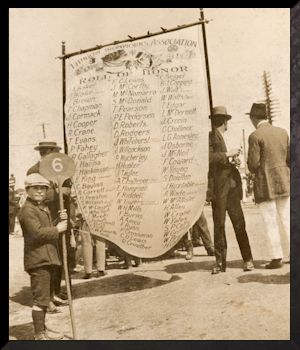|
|
|
|
||||
|
|
GALLIPOLI LANDINGS On 25 April 1915, units of the Australian Imperial Forces landed, with New Zealand troops, on the Gallipoli Peninsula in Turkey. They immediately became bogged down and could not advance into the Turkish trenches, so dug themselves in, and sat out a punishing summer of heat, flies and death. By the time they withdrew, on 19-20 December 1915, 8,141 had been killed and more than 18,000 were wounded.
Gallipoli was the first time units of an Australian armed force were deployed overseas. Within weeks of the landing war correspondents such as C.E.W. Bean were writing the stories that underpin the Anzac Legend, and presenting the landing as a defining moment in the birth of the Australian nation. Historian Jay Winter sums it up:
Bean’s depiction of the Digger: his larrikinism, plucky heroism, and intense mateship, is seen by many to be Australian characteristics, although it is a legend with no place for women, Aboriginal people or migrants. As the Centenary of the First World War approaches, it will be interesting to see if broader stories of World War I will be told. Lithgow sent its fair share of men to the War: labourers, unionists, mine managers and businessmen all left wives and families behind while they fought overseas. Some had joined the Coo-ee Marches that started in Gilgandra and travelled through Wallerawang, Lithgow and Hartley on the way to Sydney. While the First World War gave Lithgow a boost through the brand new Small Arms Factory, which, from around 1916, began to produce the first Australian guns carried by Australian troops, much activity in the town stalled, waiting for peace. The lost Lithgow Anzacs are commemorated on Honour Rolls around the town. SOURCES Australian War Memorial, Dawn of the Legend, 25 April 1915, Online Exhibition. Craig Wilcox, ‘Gallipoli’, and Jay Winter, ‘Anzac Legend’, The Oxford Companion to Australian History, Melbourne, 1998. |
|
||||
|
|
|
|


